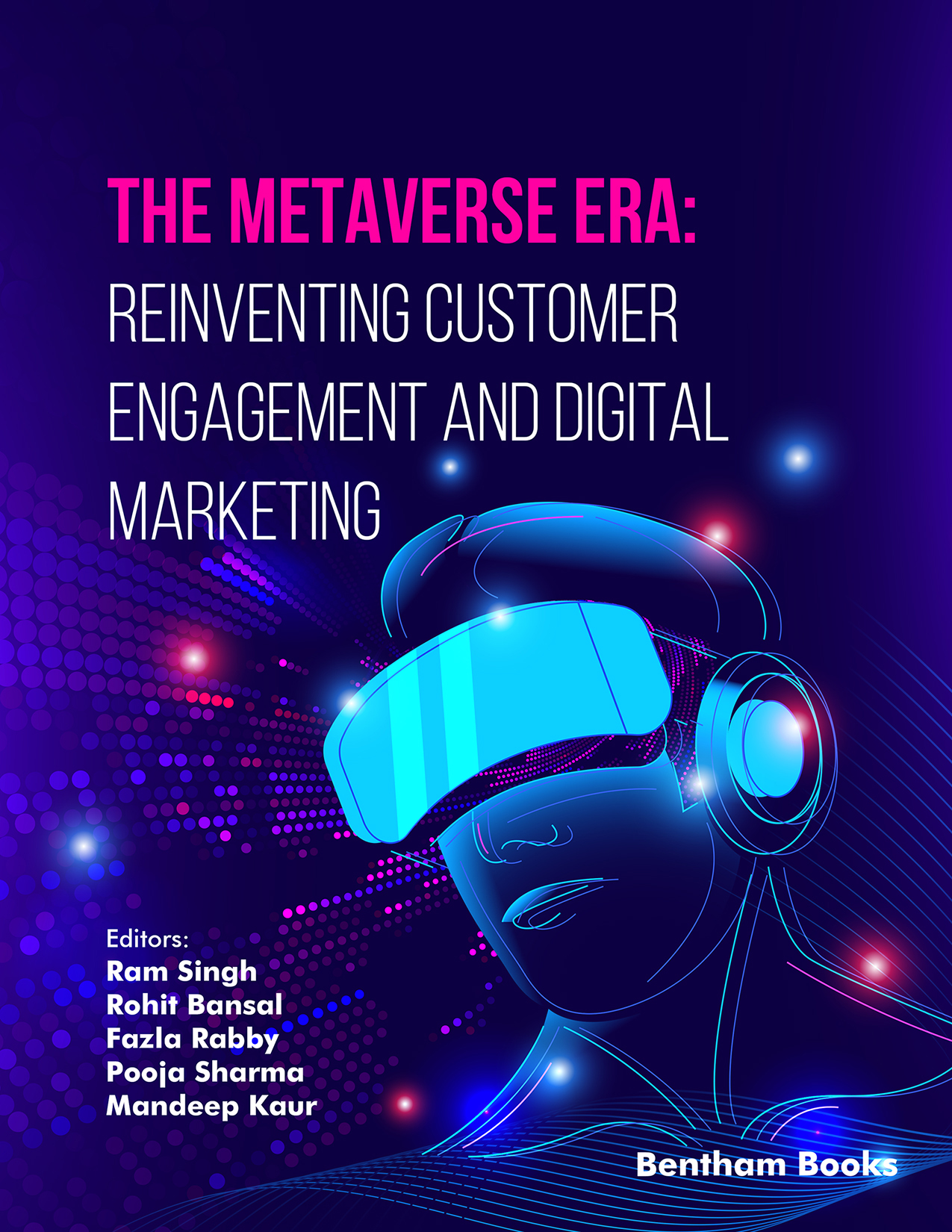The metaverse is an immersive digital realm that integrates Augmented Reality (AR) and Virtual Reality (VR), allowing people to interact online as if they were in a physical environment. Through the senses of touch, sight, and even smell, users can engage in a variety of experiences. Although the metaverse does not replicate the physical world entirely, it offers unique opportunities for brands to create memorable customer interactions. As this platform is still evolving, brands should not hesitate to experiment and innovate. Embracing a test-and-learn approach is the quickest path to discovering effective strategies. In this early phase, where everyone is learning on the go, brands must adapt quickly by learning from mistakes and building on successful campaigns to stand out. The metaverse, driven by data, offers marketers a valuable tool for shaping growth strategies. Since growth marketing involves ongoing experimentation and testing, brands can utilize this virtual world to analyze various campaigns and study consumer behavior. Businesses experimenting in the metaverse can connect with both human and machine customers, creating new value exchanges, revenue streams, and markets. According to Gartner, a fully realized metaverse will be device-independent, not owned by any single vendor, and will include a virtual economy based on Digital Business Assets (DBAs), enabling interaction, play, learning, and commerce. Executive leaders should enhance their digital transformation strategies by exploring product development, brand placement, customer engagement, and financial flows in this virtual world.
Accordingly, the book “The Metaverse Era: Reinventing Customer Engagement and Digital Marketing” aims to provide cutting-edge research on the rise of the metaverse, exploring its innovative applications in digital marketing and customer engagement. This book delves into the impact, application, and role of emerging technologies such as social media, blockchain, artificial intelligence, augmented reality, virtual reality, and machine learning in driving digital customer engagement. The chapters cover a wide range of topics:
The book provides a comprehensive exploration of the metaverse's transformative impact on various industries and digital marketing. Chapter 1, “Assessing the Impact of Accounting Subject Anxiety on Business Students' Learning in the Digital Era: The Role of Online Learning Environments” investigates factors contributing to accounting anxiety among students. Chapter 2, “Application of VR and AR in Sports Marketing” highlights how sports companies can utilize virtual and augmented reality for enhanced marketing. Chapter 3, “Developing an Effective Business Strategy for Metaverse Entry” outlines strategies for businesses planning to enter the metaverse. Chapter 4, “Engaging New Customers through Marketing in the Metaverse” examines how brands can effectively engage customers in this virtual space, while Chapter 5, “A New Digital Era’s Ab Initio Digital Marketing in the Metaverse” discusses the evolution of digital marketing in the metaverse. Chapter 6, “Adopting Metaverse in the Indian Retail Sector-Changing Facets in Marketing through Technology” explores how metaverse technologies are revolutionizing the retail industry. Chapter 7, “Beyond Reality: Exploring Bibliometric Trends in Metaverse Integration with Digital Marketing” provides a bibliometric analysis of the metaverse’s intersection with digital marketing. Chapter 8, “Impact of Augmented and Virtual Reality on the Financial Landscape” showcases real-world AR and VR applications in the financial sector. In Chapter 9, “Big Data Analytics in Digital Marketing: Harnessing Data Insights for Strategic Decision-Making” the focus is on how big data can enhance marketing strategies. Chapter 10, “A Study on Individual Consumer Preferences between Unorganized and Organized Retailing Markets” investigates customer preferences in retail environments. Chapter 11, “Futurescape Marketing: Crafting Memorable Brand Stories in the Metaverse” explores storytelling techniques in virtual environments, while Chapter 12, “Deep Dive into Metaverse Customer Experience: Insights from Bibliometric Retrospection of Intellectual Structure and Future Research Trend” analyzes recent user trends in metaverse interactions. Chapter 13, “Exploring the Ethical Backdrop of Metaverse Marketing to Secure Consumers’ Privacy in the Virtual World” delves into privacy and ethical concerns in metaverse marketing. Chapter 14, “Metaverse: The Future of Digital Marketing” offers insights into how the metaverse will reshape digital marketing strategies. Chapter 15, “Gamifying the Customer Experience through Metaverse Marketing” presents strategies to enhance customer engagement through gamification. Finally, Chapter 16, “Exploring Gender-Based Newspaper Reading Trends in the Tri-City Area: Insights into the Impact of the Metaverse and Artificial Intelligence” examines the impact of the metaverse and AI on media consumption patterns.
This book offers insights into how businesses can leverage the metaverse to revolutionize customer engagement and digital marketing strategies.
Ram Singh
School of BFSIM
Symbiosis University of Applied Sciences
Indore, Madhya Pradesh, India
Rohit Bansal
Department of Management
Vaish College of Engineering
Rohtak, Haryana, India
Fazla Rabby
Stanford Institute of Management & Technology
Sydney, Australia
Pooja Sharma
Apeejay School of Management
New Delhi, India
&
Mandeep Kaur
Mittal School of Business
Lovely Professional University
Phagwara, Punjab-144411, India

